Summary
- Handheld gaming had advantages that phone gaming couldn’t replicate due to stability and compatibility with other functions.
- Mobile gaming industry pricing perceptions stifle willingness to pay for premium games, leading to gambling on scalability with microtransactions.
- Nintendo’s Switch led the revival of handheld gaming and sparked new competition with dedicated handheld devices flourishing in the market.
When video games came to smartphones, the gaming press and forums were filled with doomsayers, spelling the end of dedicated handheld systems. Products like the Nintendo 3DS and Sony PSP were the last of their kind, we were told. Why buy a handheld when you can just whip out the phone you already have?
Years later, it turns out this prediction was dead wrong, but why didn’t the smartphone kill the handheld gaming console?
Gaming Handhelds Were the Only Way to Play on the Go for Decades
The idea of taking video games with you, rather than being tethered to a TV, is older than you probably think. The Milton Bradley Microvision is the first handheld console with interchangable cartridges, and it was released in 1979 for $49.99—over $200 in today’s money! Of course, the real hit during the 80s was Nintendo’s Game & Watch series of single-game LCD handhelds, which gave us the d-pad and even the clamshell design we’d later see in the Nintendo DS.
Things really kicked off with the 1989 Game Boy, especially since it came with the ultra-addictive Tetris packed in. Now there was no need to be bored on a plane, or waiting at the DMV, you could just whip out your Game Boy and play something for a few minutes.
And this is how it was for decades. If you wanted to play video games away from your home console or computer, you needed a dedicated handheld console of some description.
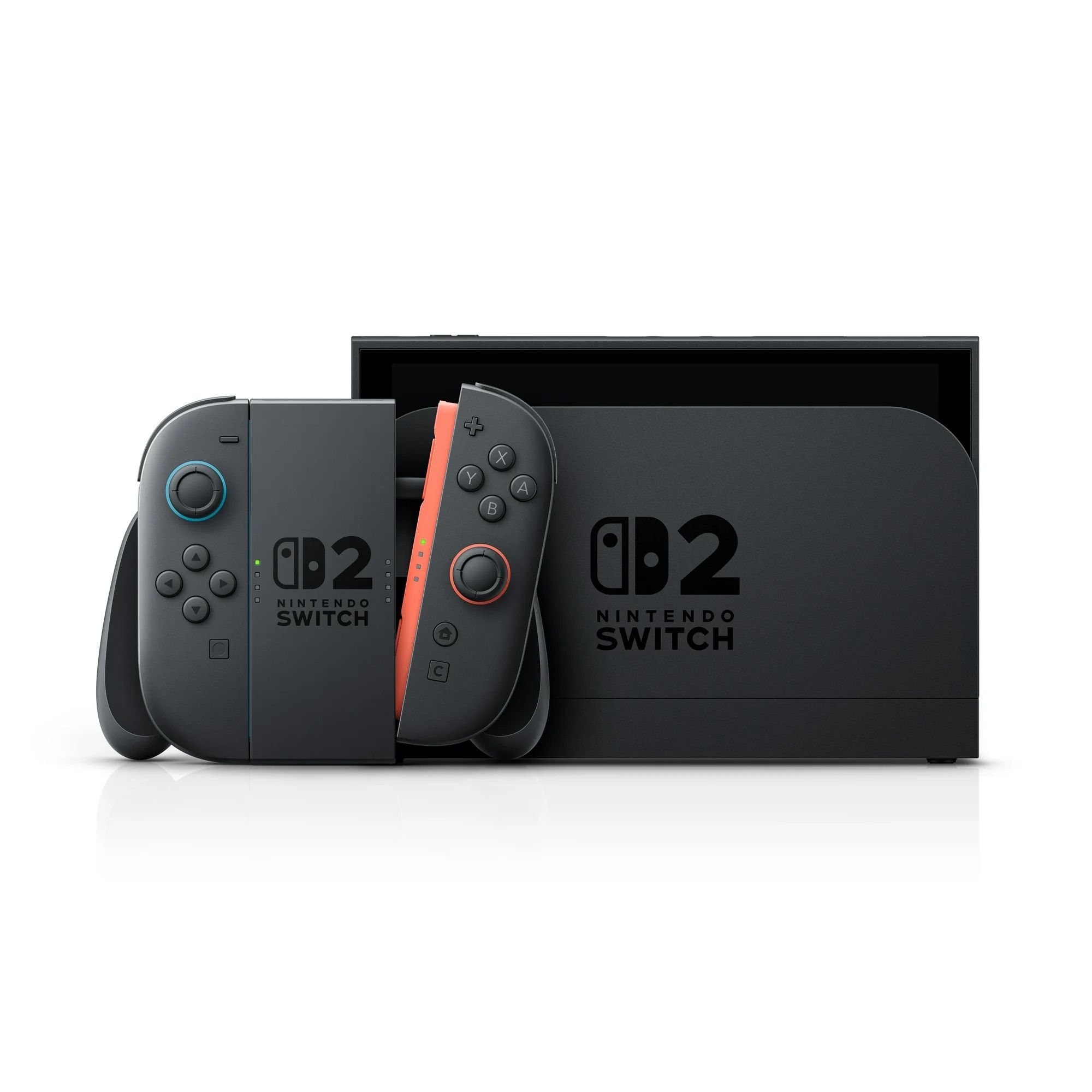
- 4K Capability
-
Yes
- Brand
-
Nintendo
The Nintendo Switch 2 is the company’s latest hybrid home console, with more powerful graphics and processing, a larger 7.9” LCD touch screen with support for HDR, and more online features.
Dumb Phones Put Games in the Hands of Everyone
It seemed like the very moment phone screens could handle more than two lines of text, someone had the idea to put games on them. I distinctly remember my dad handing me his phone to play Snake on his Nokia phone when I was bored in a queue or when he was doing something work-related. From these basic phone games, we soon got some pretty decent 2D games, such as DOOM RPG and a pretty competent side-scrolling take on Splinter Cell, which I remember playing on my Samsung V200 flip-phone.
There were even some 3D games for a brief while. In particular, the Nokie N-Gage, which has game cartridges like a console, and let you play 3D games like Tomb Raider and Tony Hawks Pro Skater.

Related
The First Gaming Phone Was Ahead of Its Time (And a Complete Failure)
Nokia N-Gage — A futuristic phone that was released in the past.
One of my friends in high school actually got one of these phones, and I played both of those games on it, but honestly, it looked, played, and ran terribly.
Smartphones Brought Console-Class Gaming to the Masses
Then, with the advent of smartphones that had decent GPUs and CPUs, we started seeing games that were more console-like in terms of graphics and scope. I distinctly remember playing Grand Theft Auto: Vice City on my LG G3 (remember when LG made phones?) and thinking how amazing it was thatI could play something on my phone that needed a PlayStation console not too long before that.
This just kept getting better, and today both my phone and tablet are capable of running games in the same ballpark as current-gen consoles, or titles that are about as good on a technical level as the previous generation of home gaming consoles.
Even better, there’s now practically universal support for game controllers, and lots of options for clip-on controllers that effectively turn your phone into a handheld, since touch controls are pretty terrible for almost every genre of video game. So, that sounds like a good recipe for a product that removes the need for dedicated handhelds, right?

- Compatible Systems
-
Android
- Connectivity
-
USB-C
This Backbone One is modeled after the DualSense’s button layout and even its colors, making it a great fit for PS Remote Play (and really any game if you like the PS-style layout).
Everyone Except Nintendo Thought Handhelds Were Doomed
The PlayStation Vita was Sony’s (so far) last foray into the handheld console market after the PSP was such an unqualified success. Now, the PSP is a truly amazing device. I bought mine at launch, and this was while I still rocked that Samsung V200 phone. Suddenly, I had basically an entire Sony home entertainment system in my pocket. Movies, music, and video games on the go? It made my life and job so much less dull.
The Vita was an amazing console which I also got near launch, but there are many reasons it simply didn’t do as well as the PSP entirely related to bone-headed decisions by Sony. However, the rise of smartphones probably had something to do with it, or at least Sony probably thought it did.
Nintendo, on the other hand, didn’t just keep trucking with its handheld products, it killed off its home consoles in favor of the hybrid Switch. Now it seems like a no-brainer in retrospect, but it’s easy to forget how skeptical people were about this move. Well, Nintendo placed the right bets, because the Switch is on track to being the best-selling console of all time, currently sitting just behind the untouchable record of the PlayStation 2.

Related
Every PlayStation Generation Ranked From Worst to Best
This was easier than I thought.
The Mobile Gaming Industry Sabotaged Itself
The thing is, mobile gaming could absolutely have buried gaming handhelds for good. Sure, dedicated gaming handhelds have some immutable advantages. For example, no one cares if their handheld runs out of battery power, but no one wants to run their phone battery down. Communication is a mission-critical function after all. Likewise, with a handheld console, you don’t have to worry that the games you buy will suddenly stop working when the next operating system version comes around.
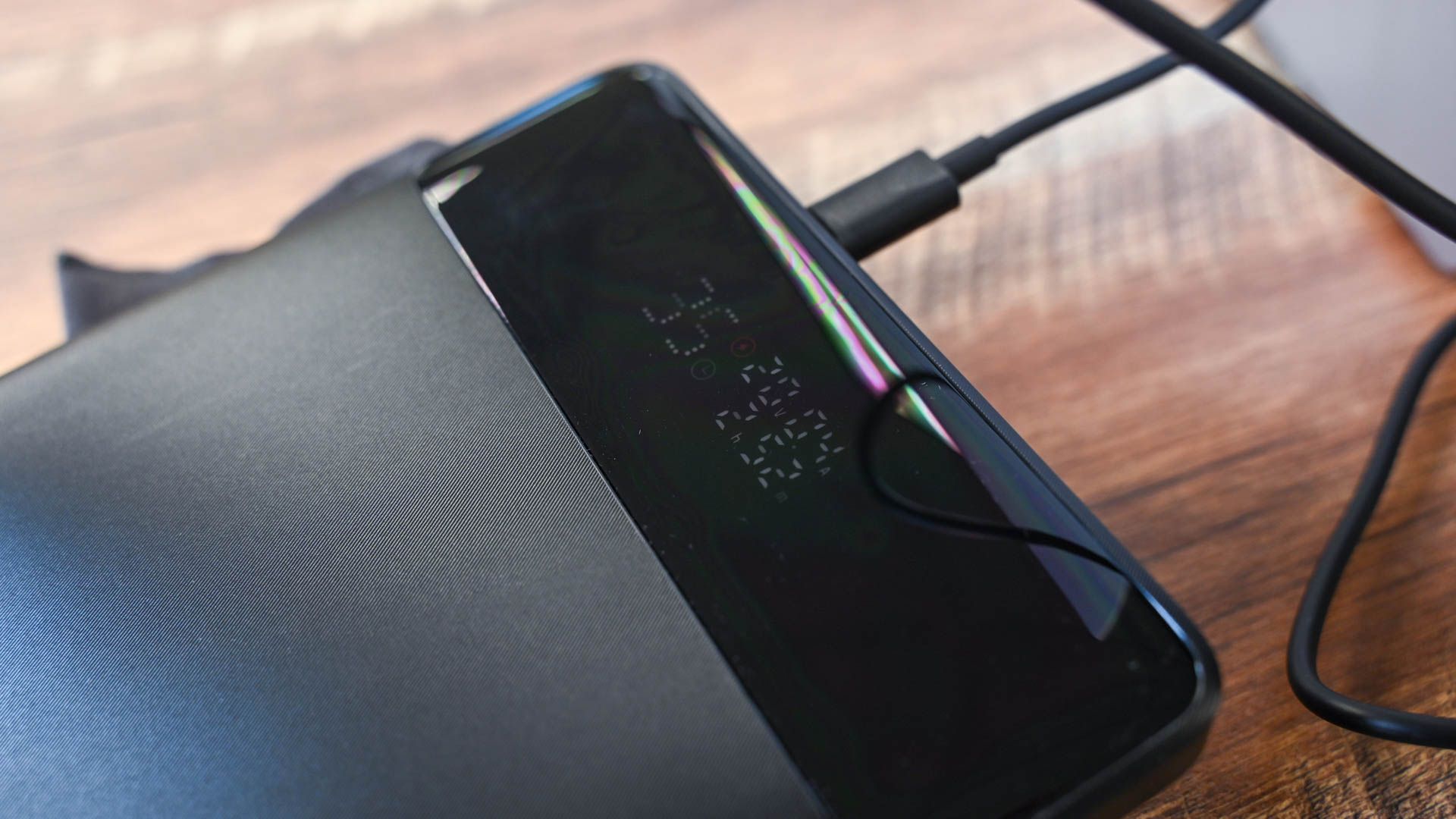
Related
The Best Power Banks of 2025
Keep your phone charged.
This happens all the time as developers don’t bother updating their apps for newer versions of iOS or Android. There was a big purge of games when iOS ditched 32-bit apps. I still have a large collection of great games in my library that I paid for, which I will never get to play on my iOS devices because of this.
These issues can be overcome. However, they aren’t enough to remove the massive advantage mobile phones have for gaming. Namely, the installation base dwarfs any handheld console, because people need phones whether they want to play video games or not. Since modern smartphones are general-purpose computers, gaming is just a thing they can do.
What’s really prevented mobile gaming from killing gaming handhelds is largely industry issues and marketing failures. For one thing, consider that someone will happily pay $70 for a video game on a console, but if you put that same game in the App Store no one wants to buy games at those prices. There’s a consumer perception issue here that phone apps should be cheap, even if you’re looking at a AAA video game not much different from the console version.
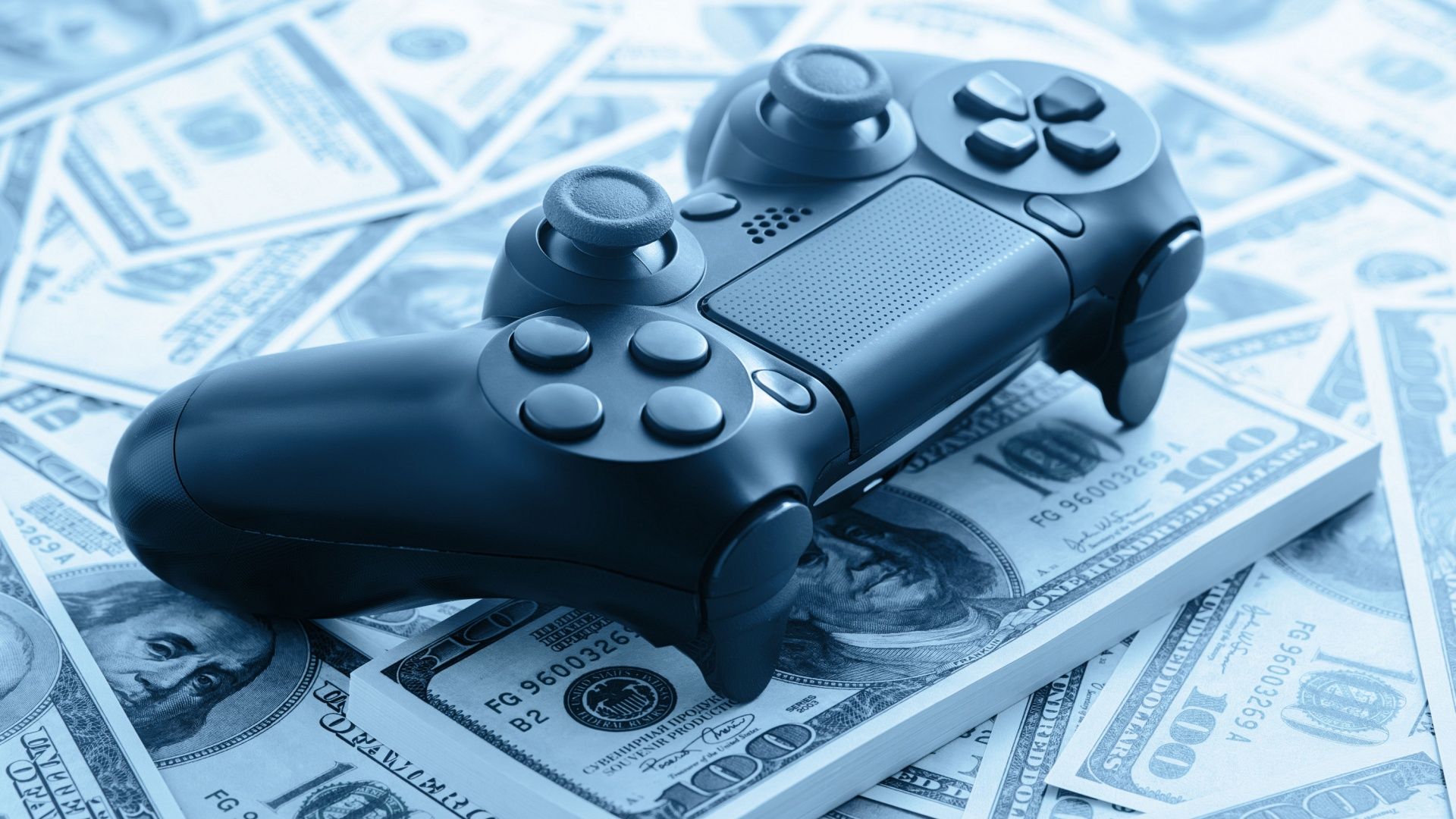
Related
If You Don’t Want $100 Games, Don’t Buy $100 Games
It’s your choice!
Instead of working on cultivating the small subset of people willing to pay for premium games on mobile hardware, most developers opted for models that scooped a small amount of money from many people instead of vice versa. So now we have a flood of predatory free-to-play games or cheap games stuffed with microtransactions instead of games following that premium model. There are still traditional premium games on mobile hardware, but they are few and far between.
This means that modern handhelds have carved out a niche for themselves that it seems mobile devices simply can’t fill, and so they can exist side-by-side.
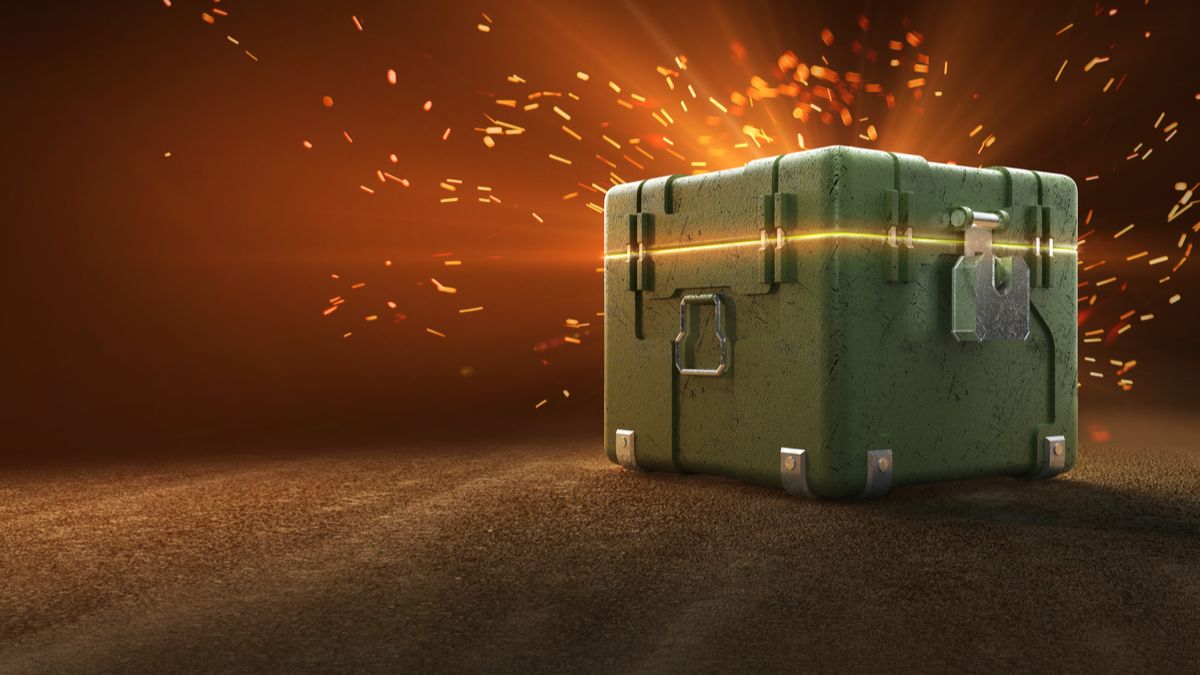
Related
5 Psychological Tricks in Free-To-Play Games (and How to Avoid Them)
Popular games are using psychological tricks on you.
Today, Handheld Gaming Devices Are Exploding in Popularity
With Nintendo showing the way with the Switch, we are now in the golden age of handheld gaming, it seems. Valve entered the market with the highly-successful Steam Deck. Steam Deck clones from companies like Lenovo and ASUS are doing well. The Switch 2 has landed, and it seems both Sony and Xbox are once again interested in dedicated gaming handhelds. That’s without mentioning the thriving emulation handheld market.
As someone who prefers the flexibility and convenience of handheld gaming over console or desktop PC gaming, I couldn’t be happier that so much time and money is being funneled towards handheld systems, and I think the dedicated gaming handheld niche is safe from smartphones and tablets for the foreseeable future.


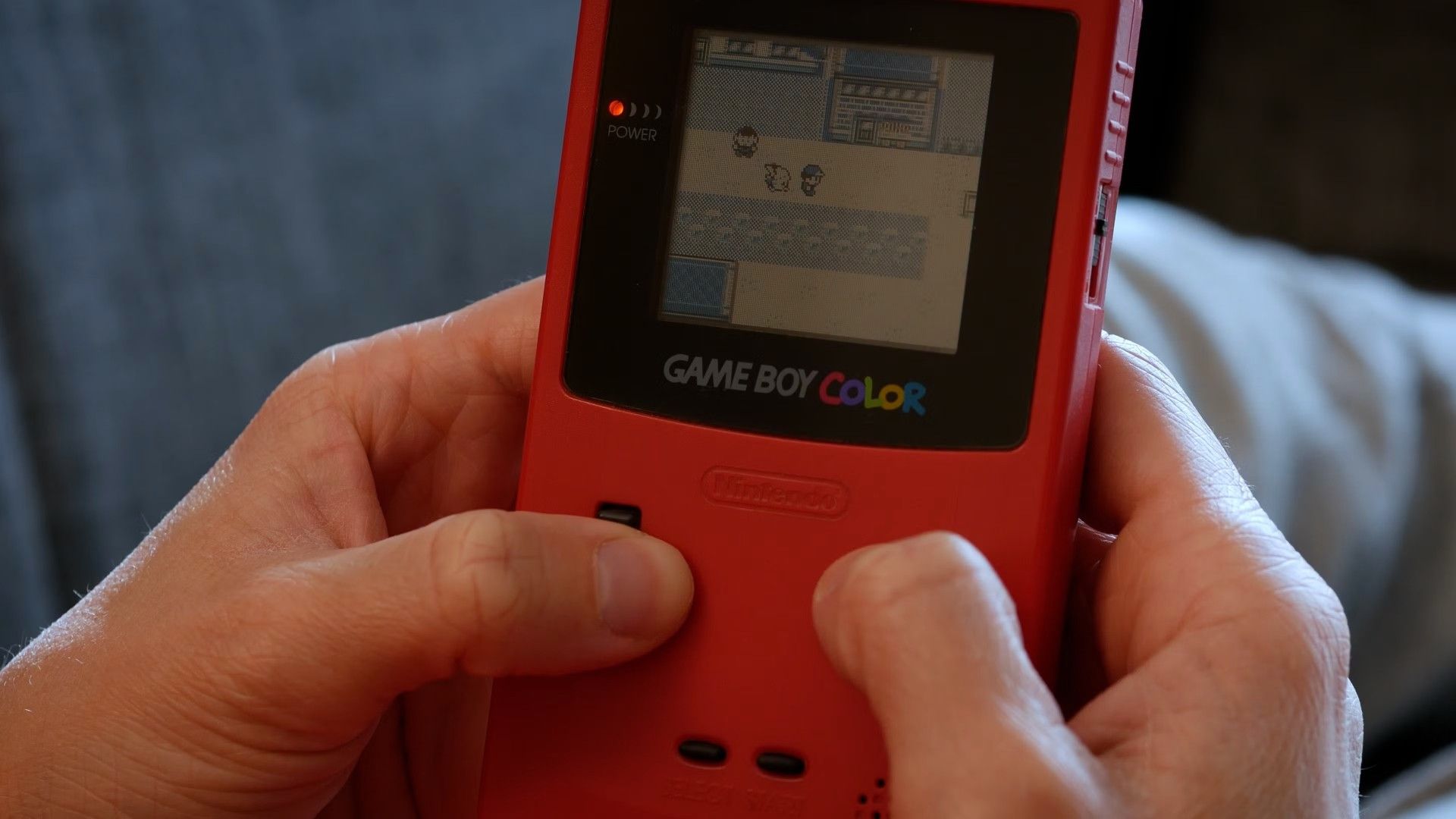
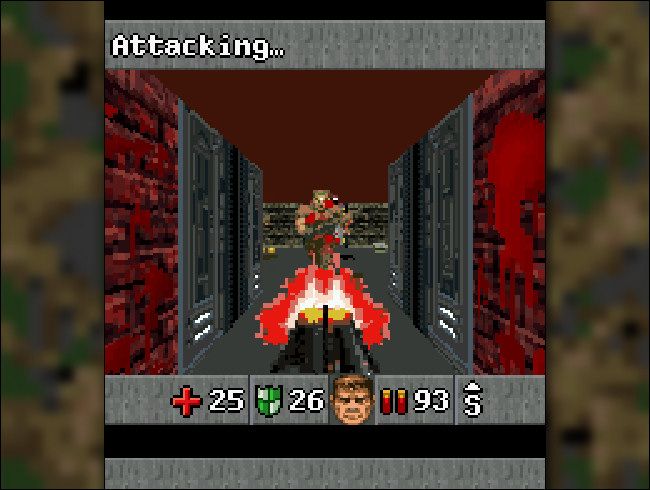
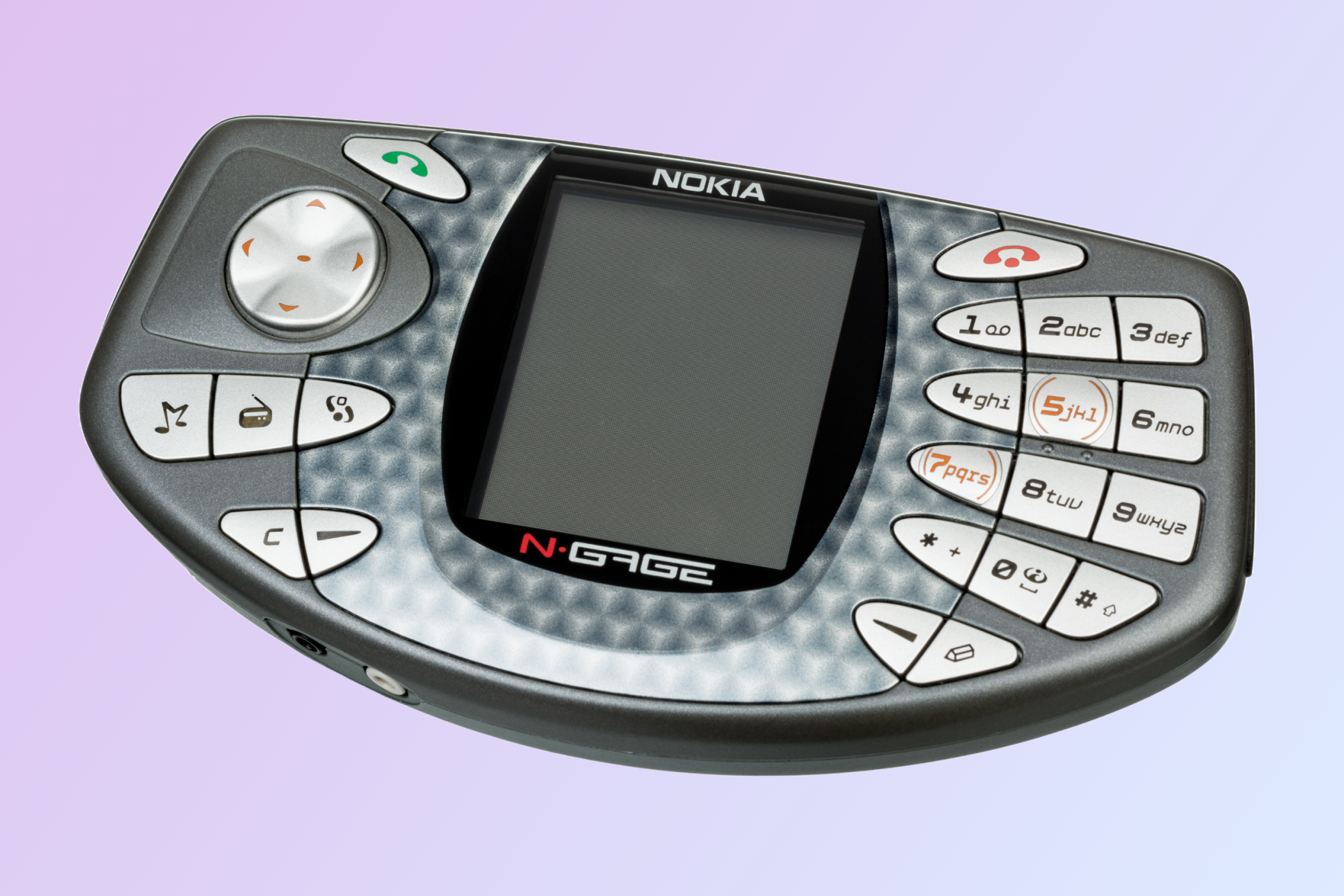
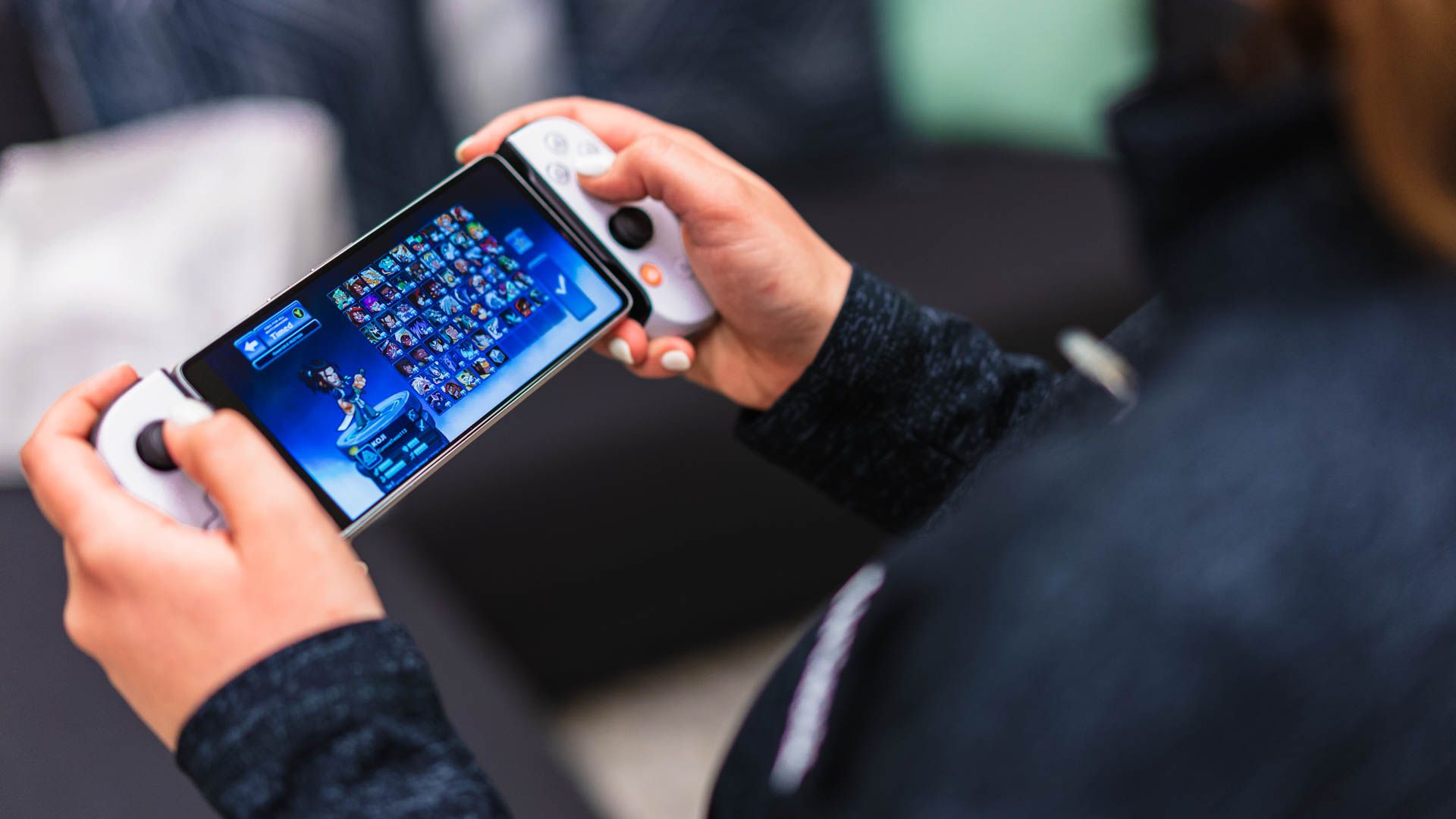
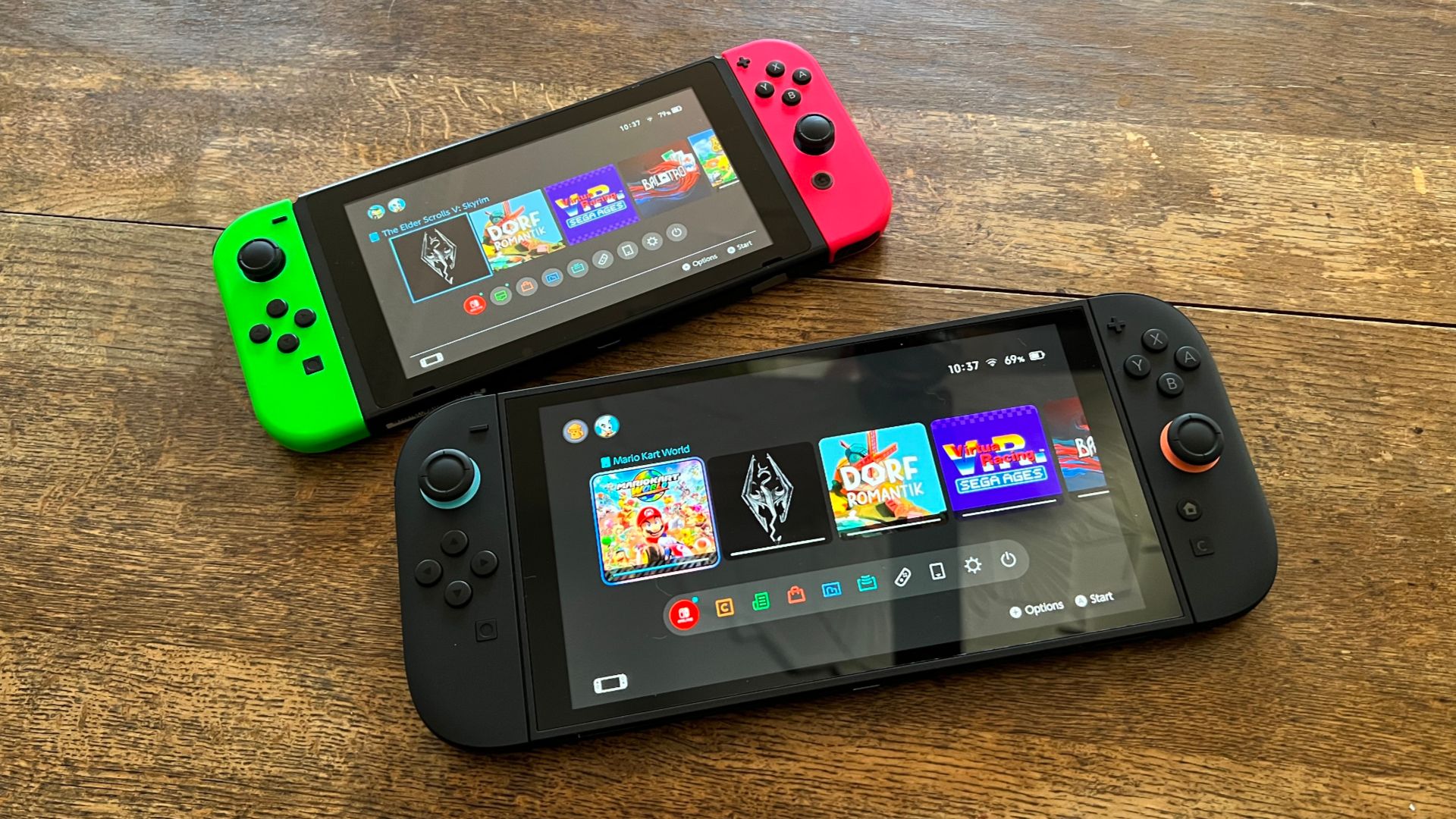
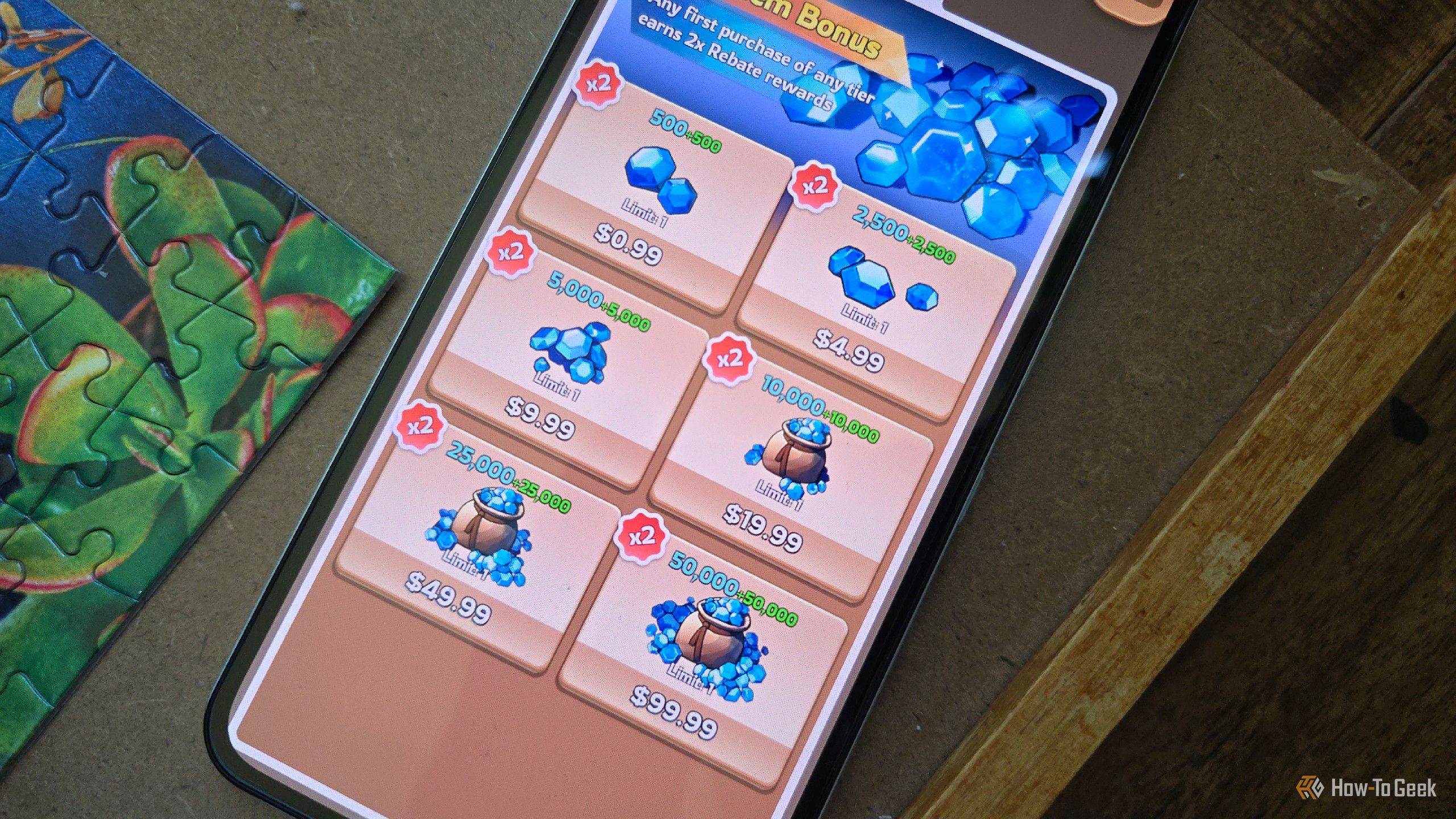
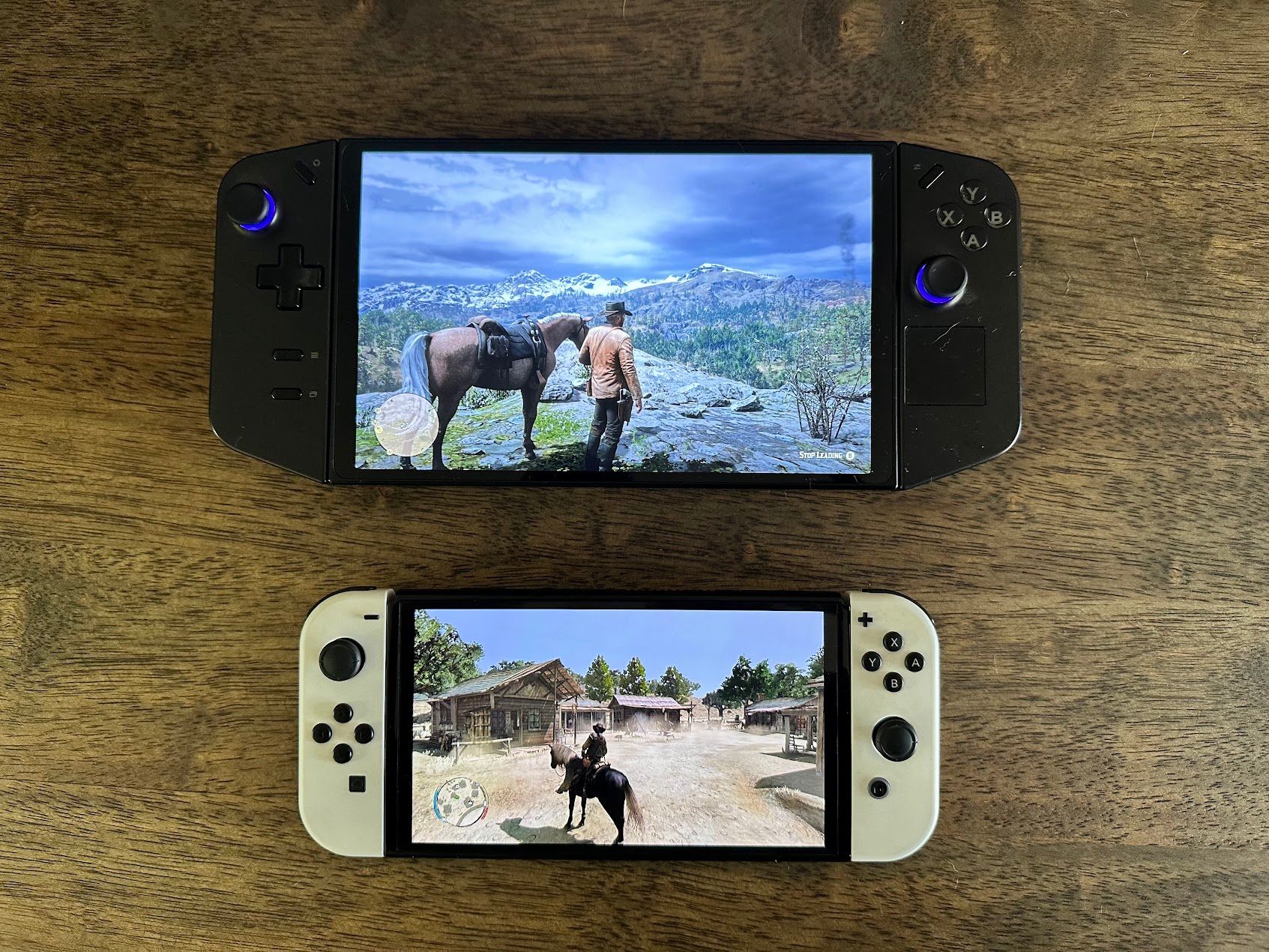





Leave a Comment
Your email address will not be published. Required fields are marked *